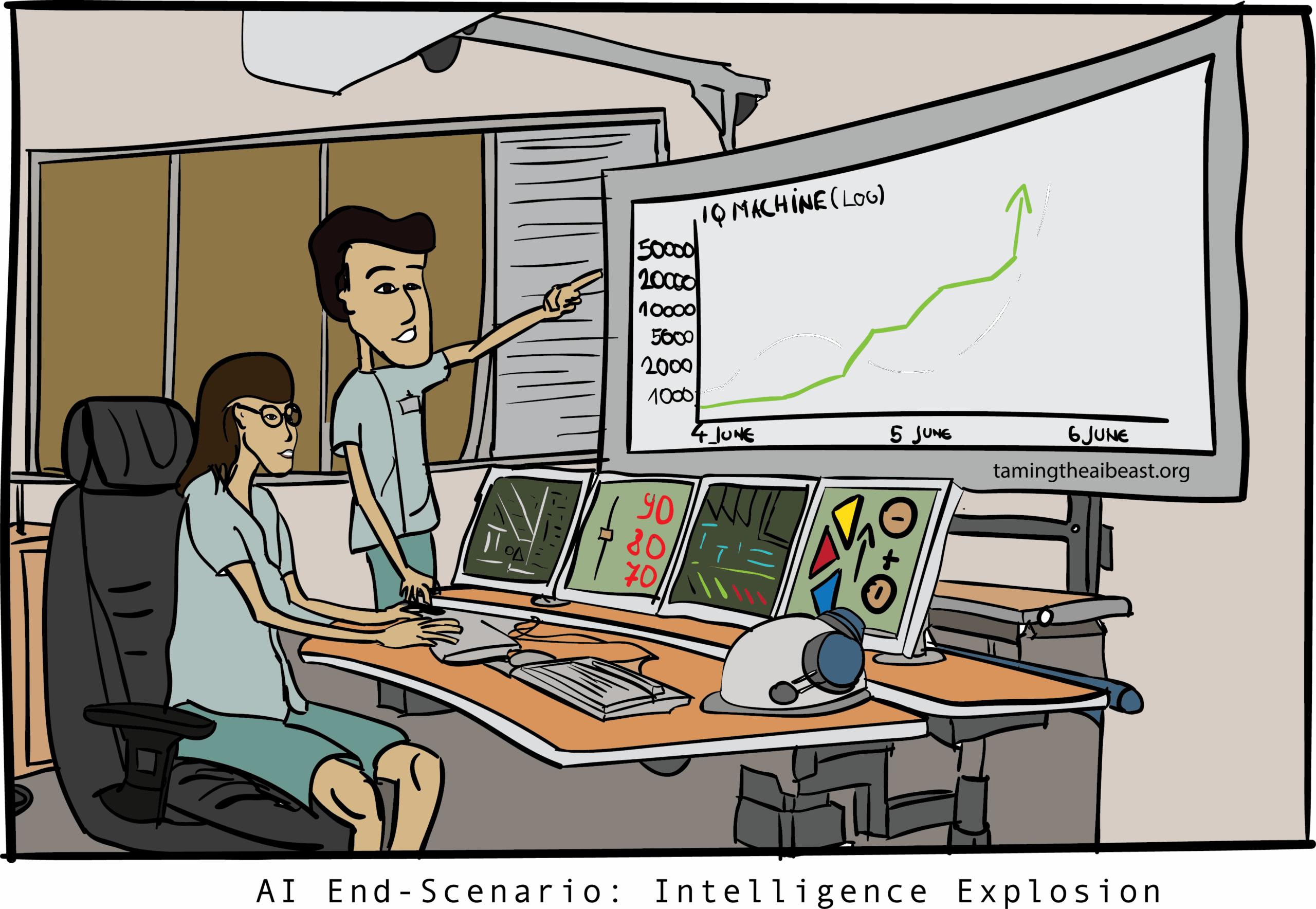Taming Data Requests: A User-Friendly DSAR Process Flow
In today’s digital world, when personal data powers commercial operations, people are increasingly claiming their rights to know how their information is utilized. The Data Subject Access Request (DSAR) procedure allows individuals to access their data, but for enterprises, it may seem like traversing a labyrinth. A well-crafted DSAR process flow converts this issue into an opportunity to establish confidence and assure compliance. This paper presents a user-friendly method to handling DSARs, outlining essential processes and tactics to optimize the DSAR workflow while making the process comprehensible and efficient.
Why DSARs Matter for Businesses?
DSARs are more than legal obligations—they’re an opportunity to display transparency. Under legislation like GDPR, people may seek information about their personal data, from how it’s kept to who it’s shared with. A seamless DSAR process flow not only satisfies these standards but also improves client trust. For firms, doing it right means avoiding fines and creating a reputation for responsibility. By using DSARs as a bridge to trust, firms may convert a regulatory chore into a customer-centric victory.
Step One: Welcoming the Request
The journey begins when a DSAR lands—via email, a website portal, or even a letter. The first duty is to validate the requester’s identity to ensure privacy. A clear, secure mechanism for contributions, such an online form, makes this simpler. Logging the request’s date assures compliance with GDPR’s one-month response deadline. This first stage in the DSAR protocol sets the tone, requiring firms to respond immediately and professionally to authenticate the request’s authenticity and launch the process.
Step Two: Scoping the Data Hunt
Next, organizations assess the request’s scope. This involves pinpointing which data—emails, transaction records, or cloud-stored files—relates to the requester. A centralized data inventory is a lifesaver here, helping map where information lives across systems. Teams must also weigh risks, like requests involving multiple departments or sensitive data. By prioritizing based on complexity, the DSAR process flow stays organized, ensuring resources are allocated efficiently to tackle the search without delay.
Step Three: Gathering with Care
Collecting the requested data is the heart of the DSAR workflow. Businesses dive into databases, ensuring every relevant piece is retrieved accurately. Encryption and access controls safeguard data during this phase, maintaining security. Automation tools can speed things up, pulling information from disparate systems without manual slog. This step demands precision—missing or incorrect data can undermine trust. A streamlined approach here keeps the process on track, meeting deadlines while upholding GDPR standards.
Step Four: Crafting a Clear Response
Once data is obtained, it’s time to give it to the requester. The answer should be unambiguous, using basic language to describe what data is stored, how it’s utilized, and why. Formatting matters—tables or lists make complex information digestible. Secure delivery, via encrypted email or a portal, protects privacy. This stage of the DSAR process flow is a chance to shine, showing the requester their rights are respected while reinforcing the organization’s commitment to transparency.
Step Five: Learning and Logging
The final step is record-keeping, a must for GDPR compliance. Businesses document the request, response, and internal steps taken, creating an audit trail for regulators. These records also fuel improvement, revealing bottlenecks or gaps in the DSAR workflow. Regular reviews refine the process, cutting response times and boosting efficiency. By treating each DSAR as a learning opportunity, organizations strengthen their data practices, readying themselves for future requests with confidence.
Tools to Tame the Process
Technology is a game-changer for DSARs. Automation software simplifies data retrieval, while centralized inventories reduce search time. Training personnel on standard practices ensures everyone’s on the same page. For difficult circumstances, consulting professionals may fine-tune the DSAR process flow, delivering specific guidance. These tools and strategies make the workflow intuitive, helping businesses handle requests with ease and maintain compliance without feeling overwhelmed.

